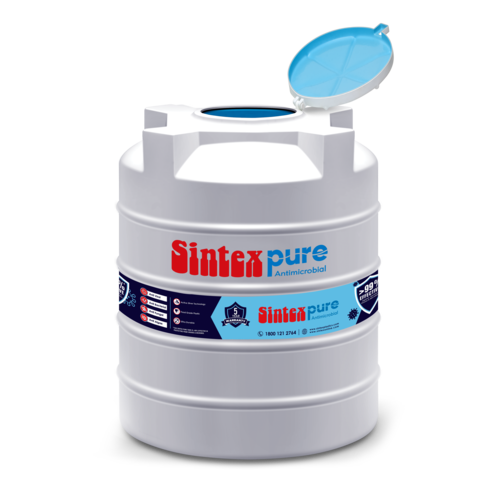The Importance of Storing Water: A Comprehensive Guide
Water is a precious commodity that is essential to every household. It is used for drinking, cooking, washing, bathing, and various other daily tasks. However, the availability of water is not always constant, and in some areas, it may only be available for a few hours a day. This is why it is crucial to store water. Storing water is not only important for household needs but also for other activities like irrigation. In this article, we will discuss the importance of storing water, the different types of water tanks available, and the benefits of rainwater harvesting.

The Importance of Storing Water
Water is a vital resource for human survival, and it is essential to store water to ensure that it is readily available when needed. Water supply interruptions can occur due to various reasons like maintenance of the water tank, repair of water supply pipes, no rain for several months, etc. In areas where water supply is scarce, storing water becomes even more critical. By storing water, households can continue to use water for their daily needs, even during interruptions in water supply.
Storing water is not only useful for household needs, but it is also crucial for other activities like agriculture. Farmers who own large vegetation farms require a large supply of water to ensure that their crops are adequately watered, and demands are met. In many areas, rain can be unpredictable, leading to drought and eventually, the death of crops. This can be prevented by practicing rainwater harvesting, which involves storing up water.
Water Supply Interruptions
Water supply interruptions can happen at any time, and it is essential to be prepared for them. Storing water can help households and businesses to cope during periods of water shortage. There are various reasons why water supply interruptions occur, including:
- Maintenance of water tanks
- Repair of water supply pipes
- No rain for several months
- Drought
In areas where water supply is limited, storing water becomes a necessity. Storing water in water tanks can provide households with a constant supply of water, even during interruptions in water supply.
Different Types of Water Tanks
There are different types of water tanks available, and each type has its advantages and disadvantages. Some common types of water tanks include:
Concrete Water Tanks
Concrete water tanks are one of the most common types of water tanks. They are either constructed underground or at the top of a building. Concrete water tanks are durable, and they can last for many years. However, they can be expensive to install, and they require regular maintenance.
Plastic Water Tanks
Plastic water tanks are pre-manufactured and are easy to install. They are also relatively cheaper than concrete water tanks. Plastic water tanks are available in different sizes, and they can be placed above or below the ground. However, they are not as durable as concrete water tanks, and they may require replacement after some years.
Steel Water Tanks
Steel water tanks are also pre-manufactured and are relatively easy to install. They are also durable and can last for many years. Steel water tanks are available in different sizes, and they can be placed above or below the ground. However, they can be more expensive than plastic water tanks.

 Call Me Free
Call Me Free


